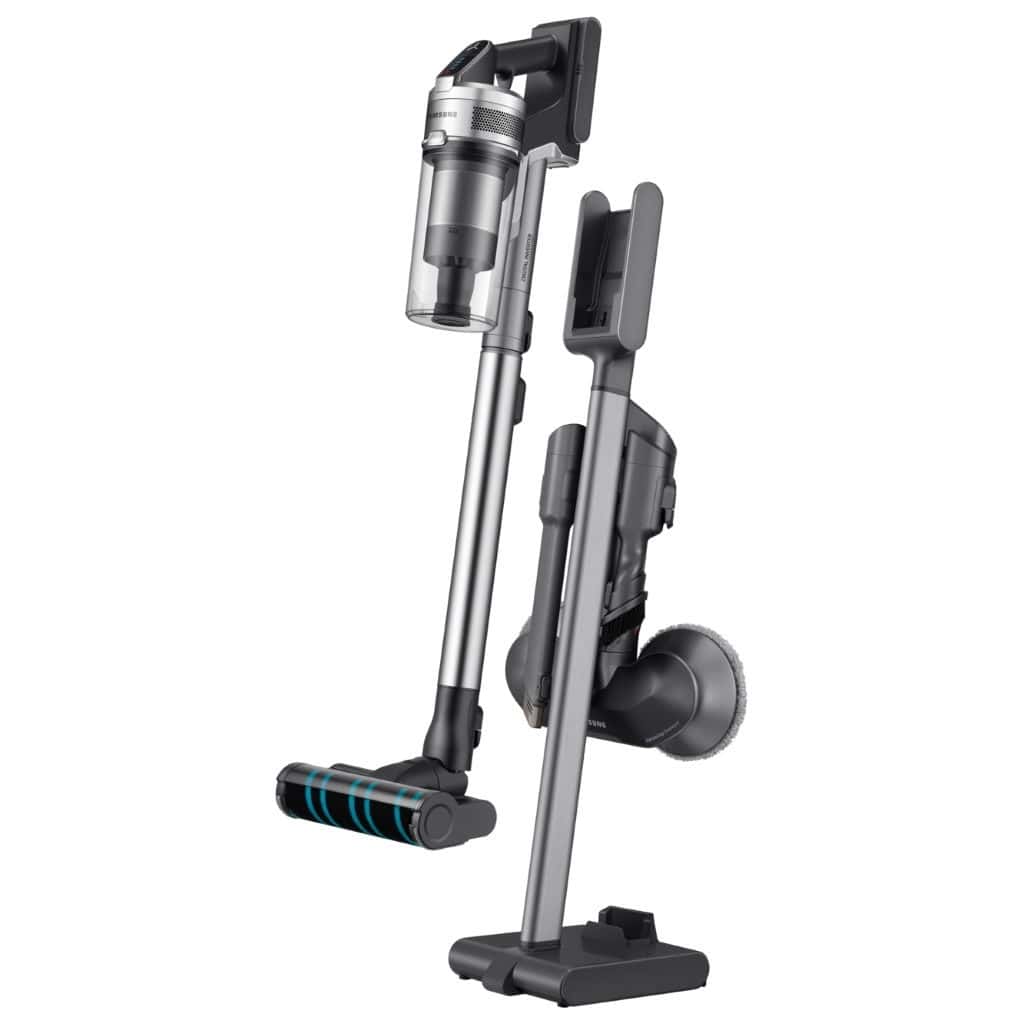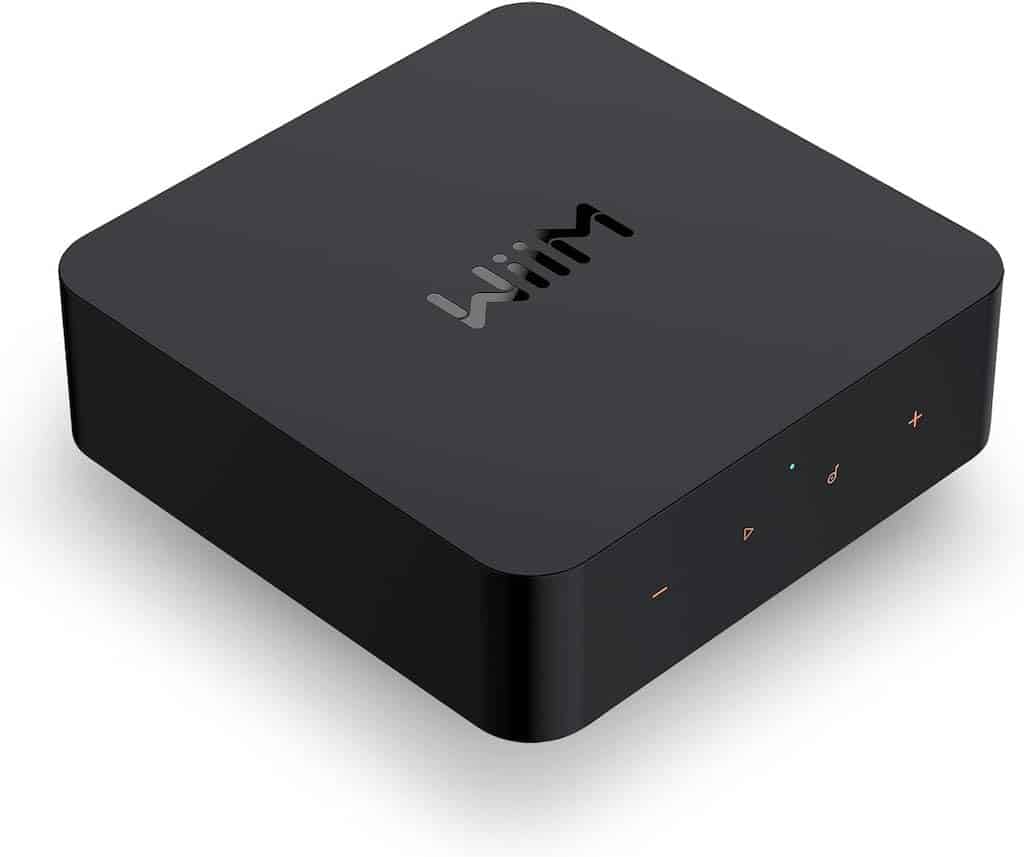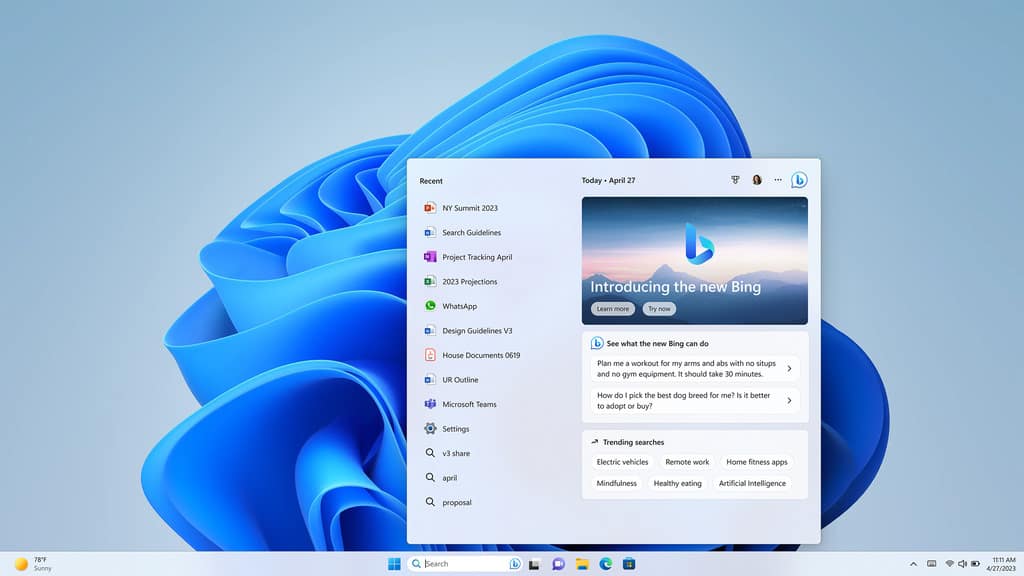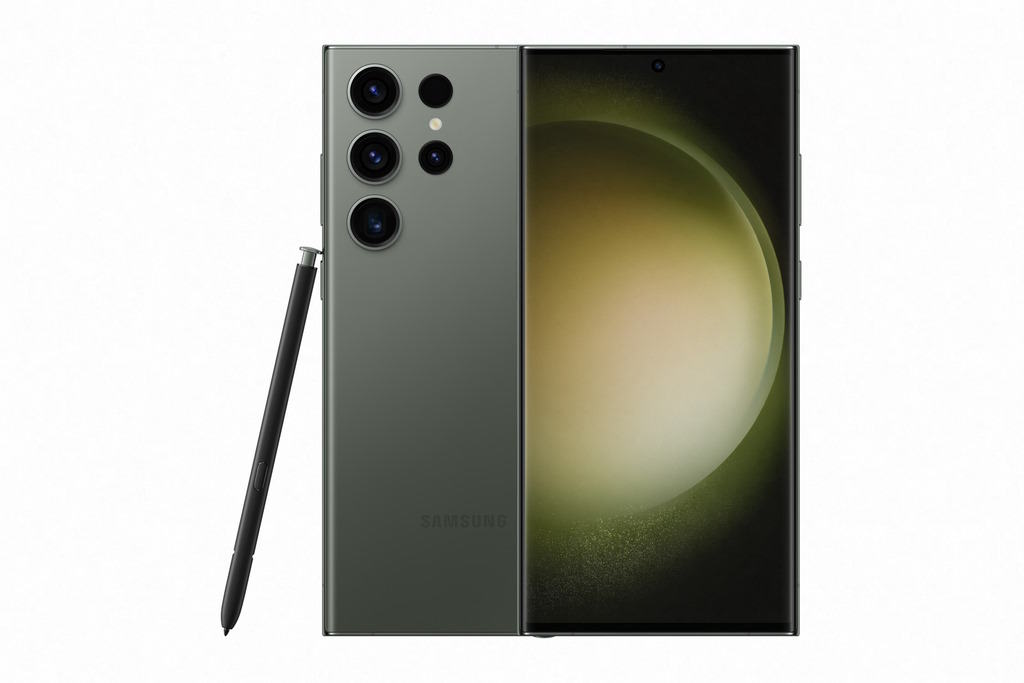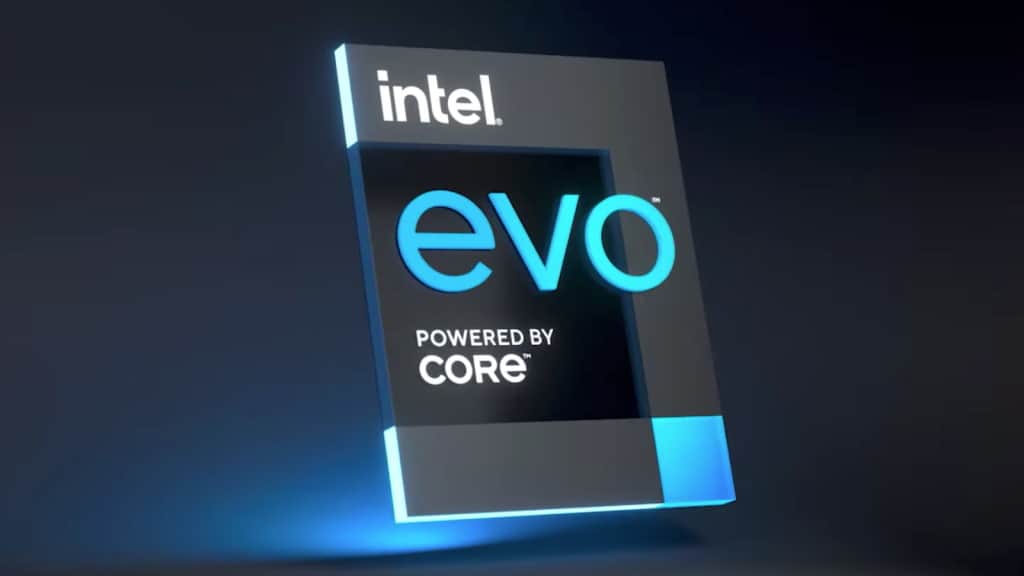LG OLED 55CXPVA TV REVIEW
Summary
LG OLED 55CXPVA TV REVIEW
This new telly from LG is all about visual depth and detail and the kind of astounding blacks that only OLED can bring, writes PAT PILCHER.
Pat Pilcher
$4699
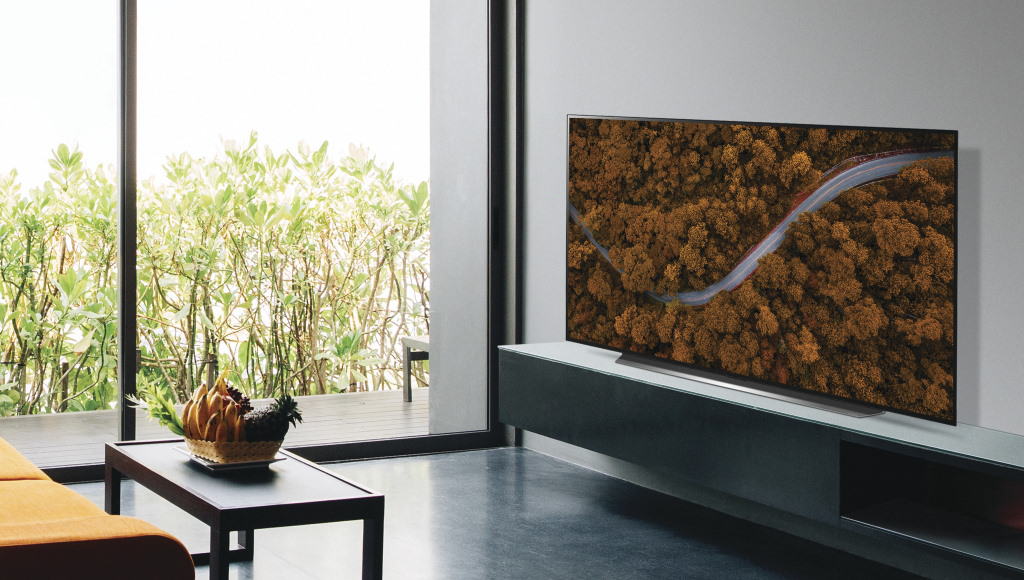
 LG makes some exciting TVs, but it’s their OLED CX range that for me, nails the sweet spot and ticks all the boxes. For a start, it’s relatively affordable and crucially, it also has the latest video processing hardware.
LG makes some exciting TVs, but it’s their OLED CX range that for me, nails the sweet spot and ticks all the boxes. For a start, it’s relatively affordable and crucially, it also has the latest video processing hardware.
The review unit I tested was a 55-inch model. While it looks a lot like its sibling from last year, its subtle dark silver and near bezel-less design combine with a discrete stand to give it an almost all-screen look. Size-wise for my lounge, the 55-inch model was perfect, but those with larger rooms will also like that it is available in 65 and 75-inch sizes. Conversely, a smaller 48-inch model is also available.
Being an OLED TV, the lack of any backlighting and other circuitry means its panel is a mere 6mm. There’s a small curved bump on its back which is home to inputs and speakers as well as the electronics needed to make it work. There are four HDMI and three USB inputs, an aerial, satellite, Ethernet, headphone socket and optical audio ports.
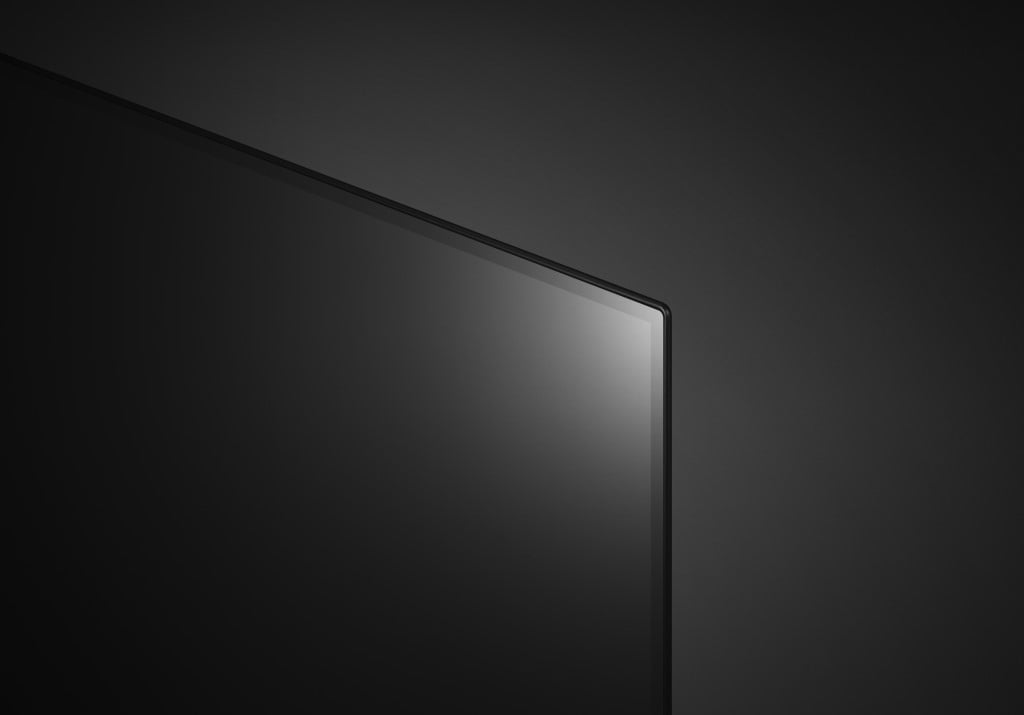
The HDMI inputs are all HDMI 2.1 certified, which means there’s support for eARC (Enhanced Audio Return Channel), and HFR (High Frame Rate) video. Adding to the TV’s acronym soup is support for ALLM (Auto Low Latency Mode), which reduces lag. VRR (Variable Refresh Rate) matches the panel’s refresh rate to game consoles.
There’s a plentiful selection of in-built apps including Netflix, Amazon Prime Video, Apple TV+ and Disney+, most of which support Dolby Vision and Dolby Atmos, depending on the content. Also featured are Google Play Movies & YouTube, as is local content in the form of Freeview, TV3, Neon and Spark Sport. Sadly, Kodi (perhaps the most versatile media player for in-lounge use) is not available in WebOS. That said, the selection of streaming content, games, and apps has grown over the last year.
Another bonus is the built-in media player. It’s a good option for those with video/music/photos on USB or network-connected storage and played nice with H.264 compressed video with support for subtitles/multiple audio tracks.
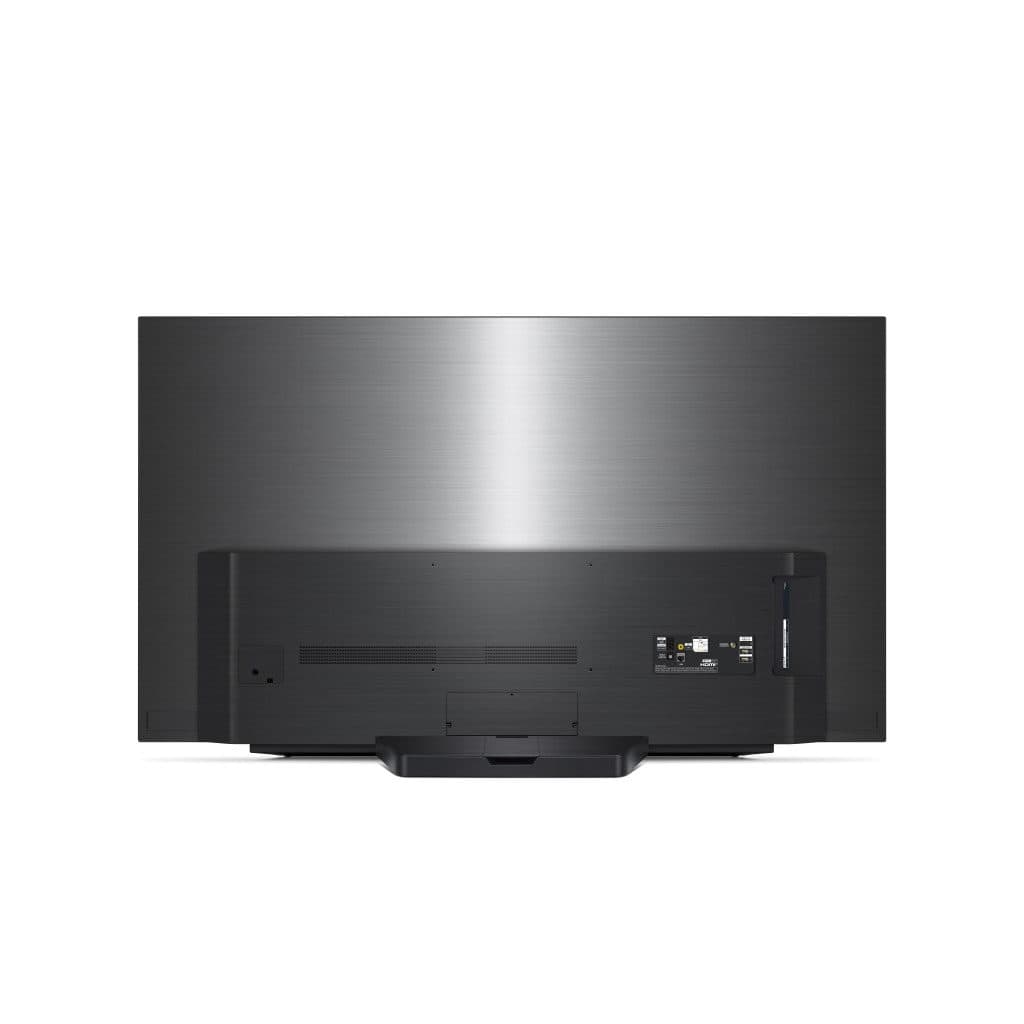
One gap that has yet to be addressed meaningfully by any smart TV maker is smart home support. While Alexa is there (via the Amazon video app), most smart home functionality is reliant on the ThinQ mobile app (IOS/Android), which is limited to allowing you to cast content to the TV. While it does add some smarts, it doesn’t yet offer integration with Ring doorbells, Arlo, Hue smart Bulbs or Sonos, all of which would add value to a smart TV.
Smart home grizzles aside, LG’s app store makes apps easy to find and accessible. The WebOS blade design (which displays apps along the bottom of the screen) also makes for easy and intuitive use while not obscuring on-screen content. Driving the user interface will be familiar to anyone who has used the Nintendo Wii. The magic remote has a built-in gyro, so moving the remote with your wrist sees an on-screen pointer also move correspondingly to your wrist motions. The learning curve is minimal. In short, webOS is elegant, attractive and easy to use.
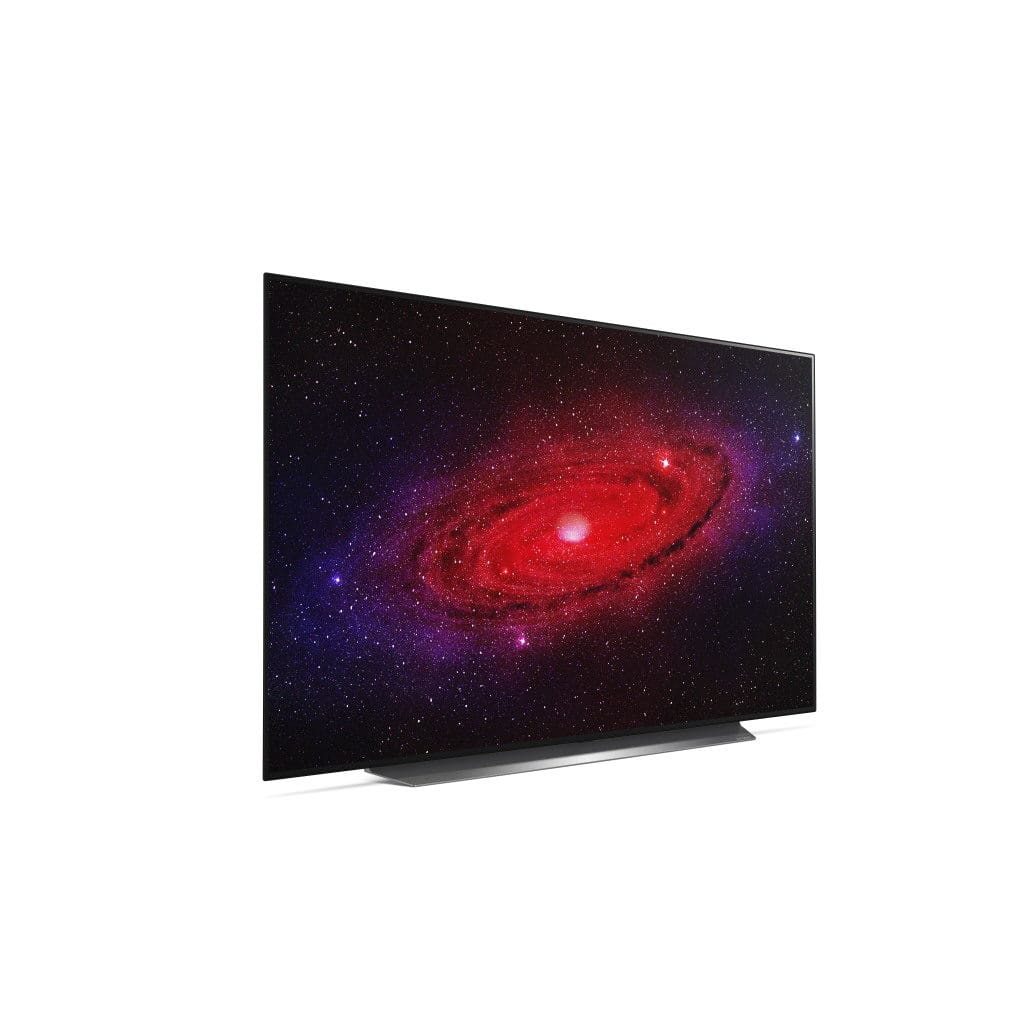
Tucked away inside the TV is the 2020 version of LG’s Alpha 9 video processor, LG’s third-generation with silicon. This brings with it a bunch of sophisticated capabilities to help the CX’s video output shine. Most prominent is what LG calls AI Picture Pro, which uses machine learning to enhance resolution and image sharpness. It isn’t just video though. LG has also baked in AI Sound Pro, which delivers surprisingly solid audio, even if the Virtual 5.1 surround effect wasn’t super convincing in my lounge.
Video and HDR Format support is comprehensive. HDR10+ isn’t supported, but HDR10, HLG and Dolby Vision are catered for, as is the new Dolby Vision IQ format. A quick Google reveals that it tweaks Dolby Vision performance based on the in-room lighting characteristics. Expecting more hype than results, I was pleasantly surprised to see subtle details teased out of dark scenes, especially with daytime viewing. Dolby Vision IQ is something you can tweak in the settings menu, as it works with Dolby Vision encoded content. You also need to have AI Brightness Control enabled.
I got a crisp and richly detailed picture watching 4K content on Amazone Prime Video. On-screen colours looked cinematic. Being an OLED, blacks were genuinely pitch black. What I noticed with this year’s model was that a lot more subtle detail was noticeable in darker scenes. Trying a 4K Blu-ray disc, this was even more pronounced thanks to Dolby Vision IQ. Toggling AI Brightness on and off made its benefits quickly apparent.
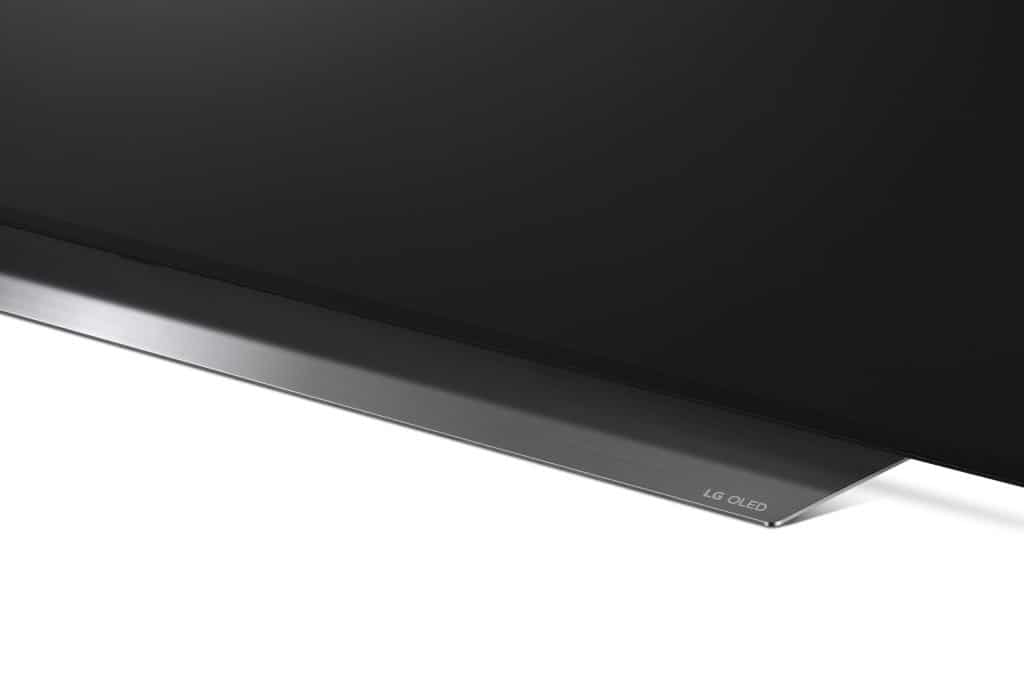
As tempting as it is to throw hyperbole into a high-end TV review, I’m not kidding when I say it’s cinematic. Apart from the aforementioned super-sharpness of the images, everything looked natural, and nothing looked over enhanced. While bright and vivid, colours are also balanced and natural-looking. The other standout is motion processing. Its on-screen motion was smooth and like the CX’s colour, looked natural. The dreaded soap opera effect was also nowhere to be seen.
The AI-based image processing of LG’s Alpha 9 also has another nifty trick: It’ll upscale 1080p content to the point where many will struggle to tell it from 4K. In the absence of any meaningful 4K content outside of Netflix, Amazon and Apple, this is an incredibly useful thing to have.
Audio is delivered by a 2.2-channel, 40W setup. Where a lot of TV audio isn’t something to write home about, the CX delivered beyond my admittedly low expectations. Dialogue and effects were clear, even with older content. While the Dolby Atmos mode did generate a wide soundstage, it wasn’t the immersive experience you’d expect from Atmos. Still, Dolby seems to be selling Atmos stickers to every man and their goldfish these days. That aside, the audio output of the CX was a pleasant surprise.
When it comes to audio, I usually find myself arriving at the same conclusion whenever I review high-end OLED TVs. If I am going to drop $4000 or more on a TV, I’ll probably have a smoking hot home cinema audio setup that I’ll be plugging it into. So, the upshot is that while good onboard audio is a nice to have, it isn’t super necessary.
LG’s CX OLED TV delivers where it counts, and exceeded my expectations on the video front. It’s capable of loads of subtle dark detail, realistic and balanced colours, and superb motion handling. Add to this a solid line-up of apps with good local content support and the CX is one of the best TVs I’ve tested so far this year.
https://www.lg.com/nz/oled-tvs
Would you like to support our mission to bring intelligence, insight and great writing to entertainment journalism? Help to pay for the coffee that keeps our brains working and fingers typing just for you. Witchdoctor, entertainment for grownups. Your one-off $5 or $10 donation will support Witchdoctor.co.nz. and help us keep producing quality content.
It’s really easy to donate, just click the ‘Become a supporter’ button below.








